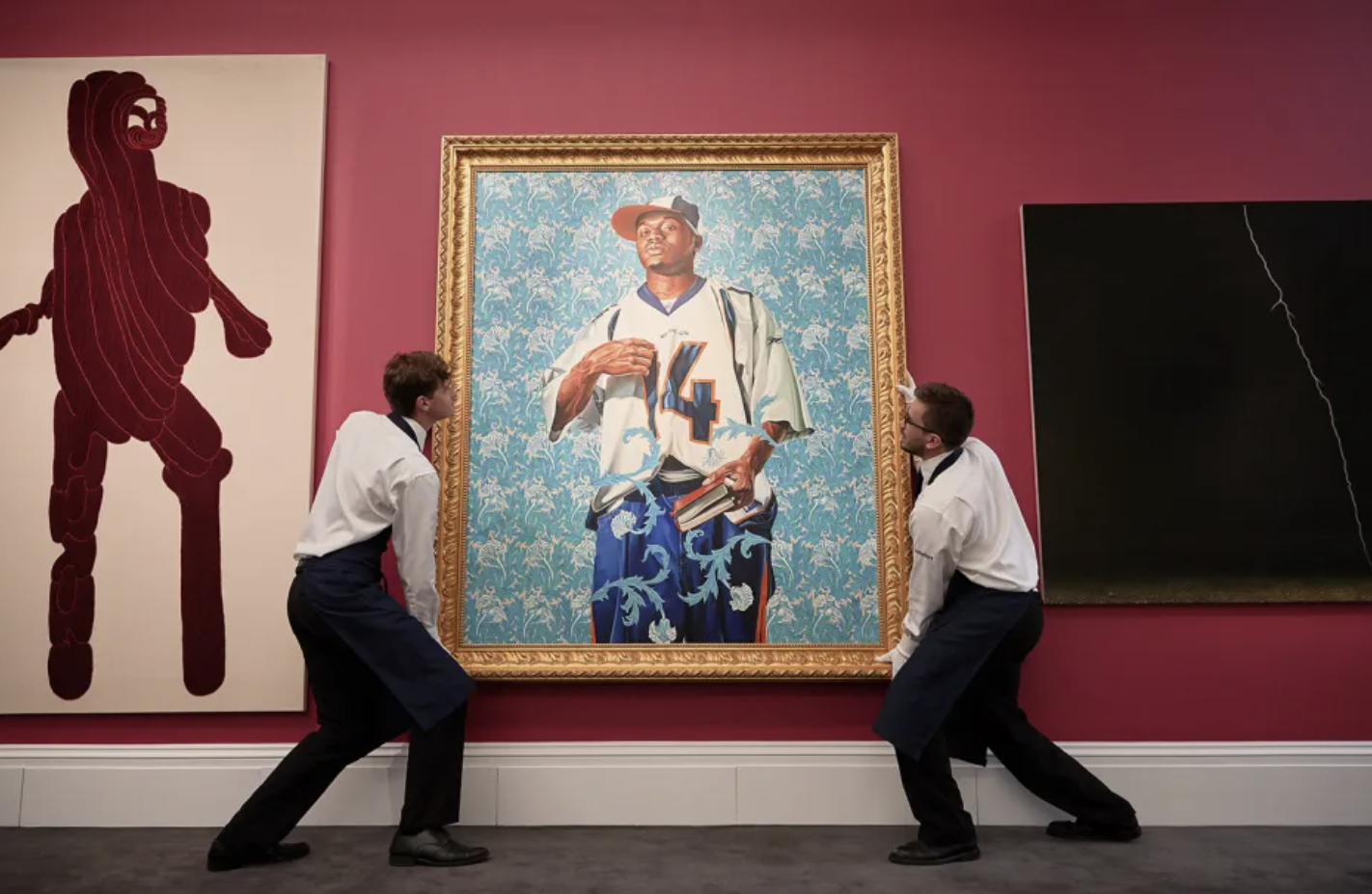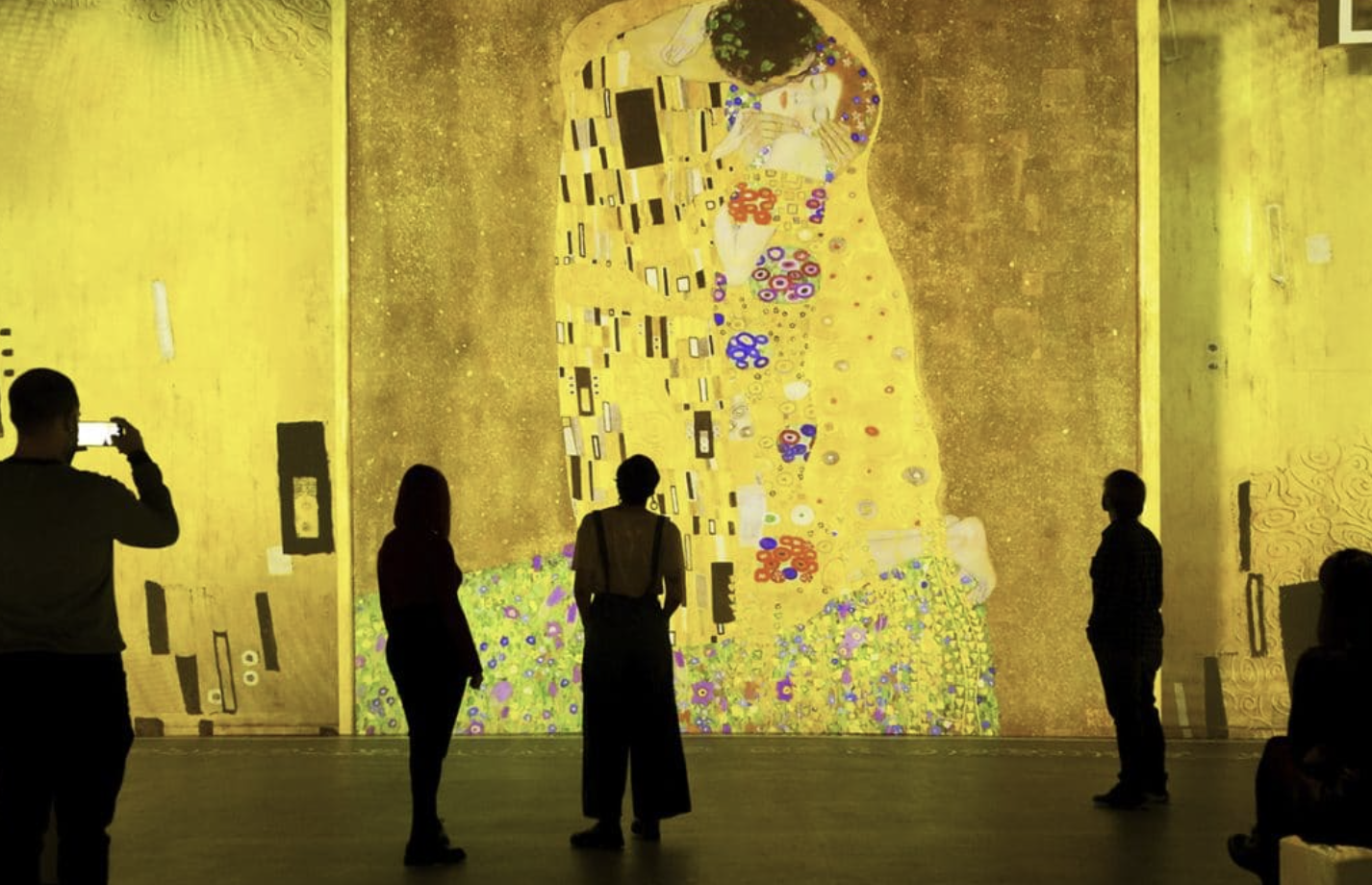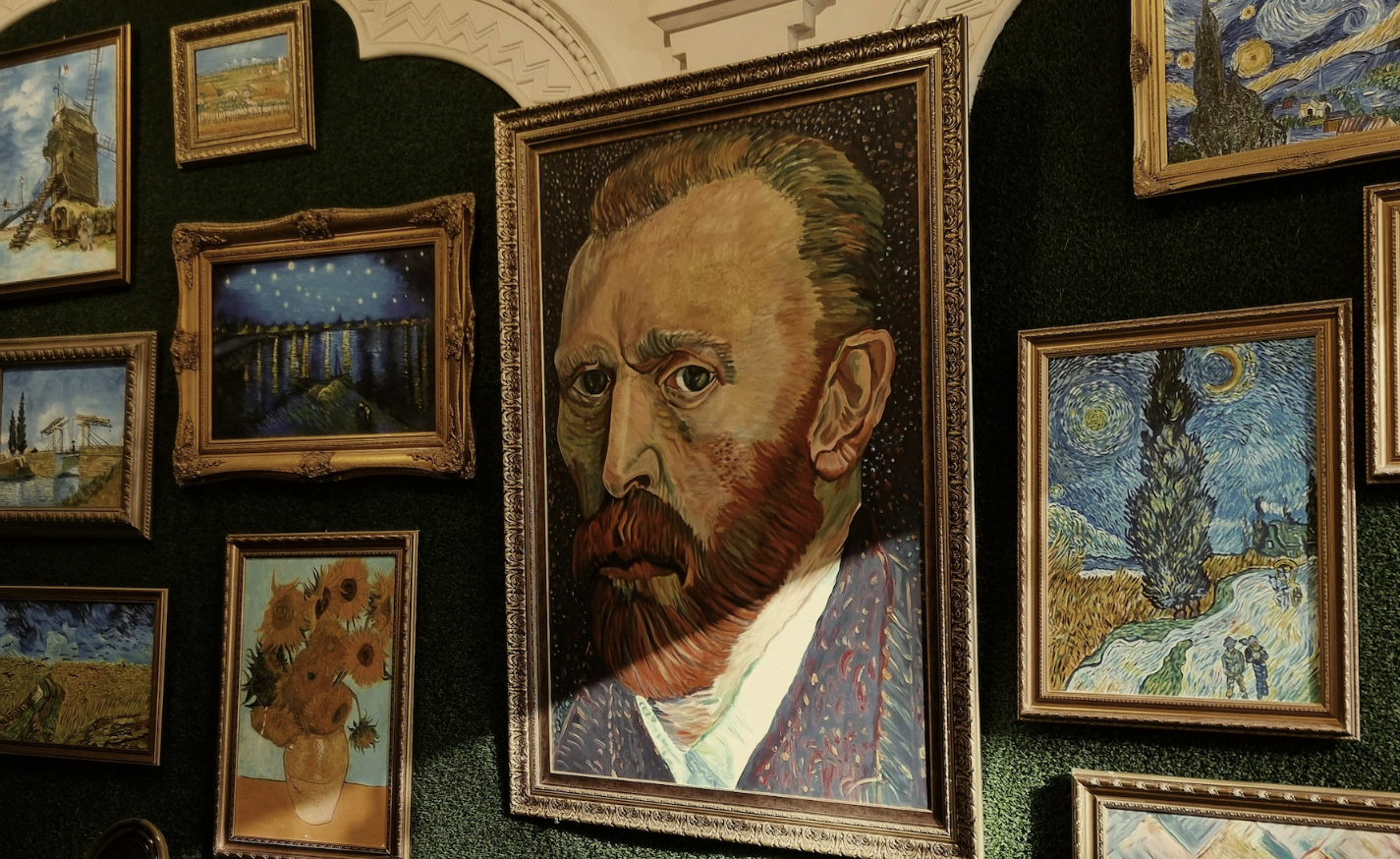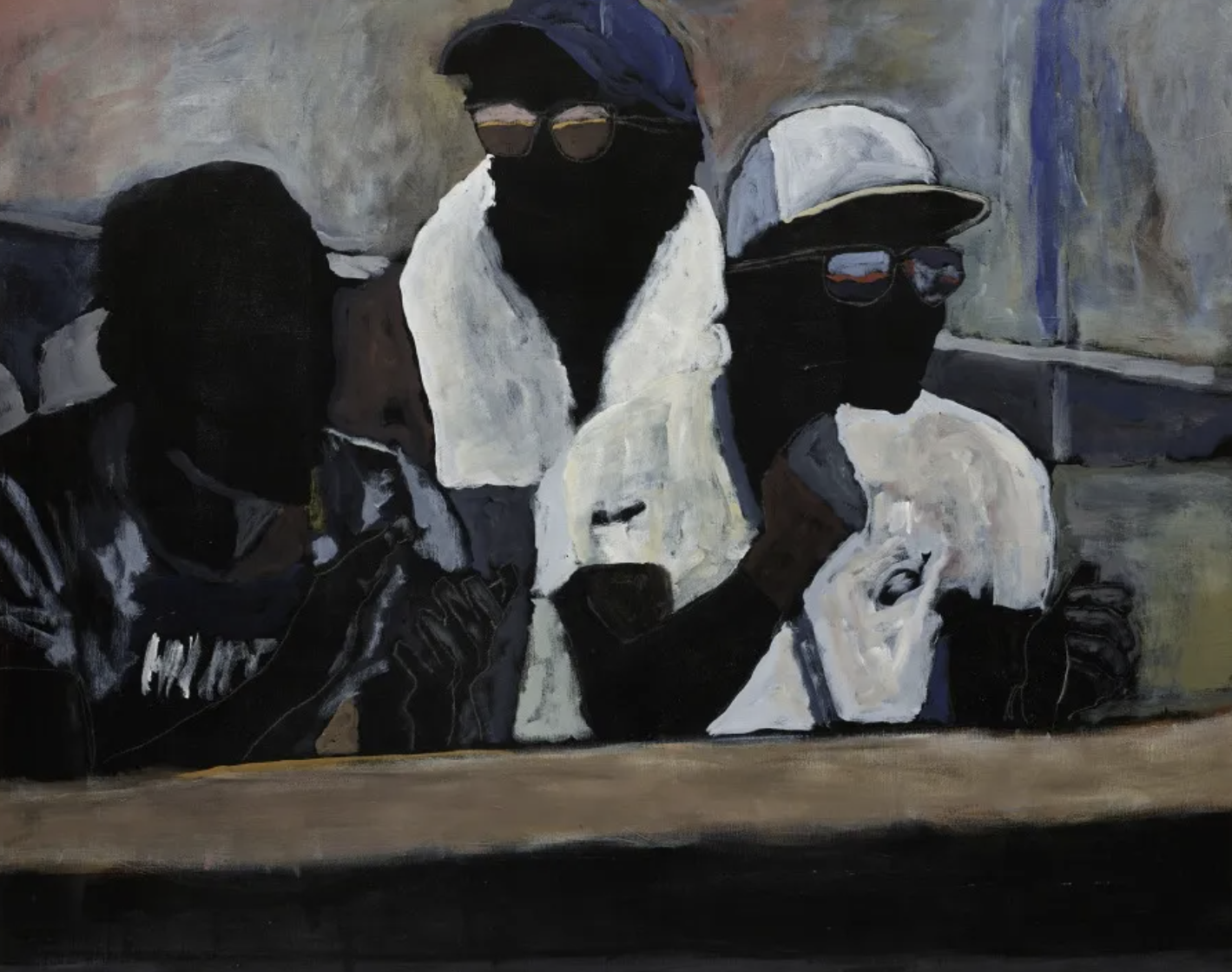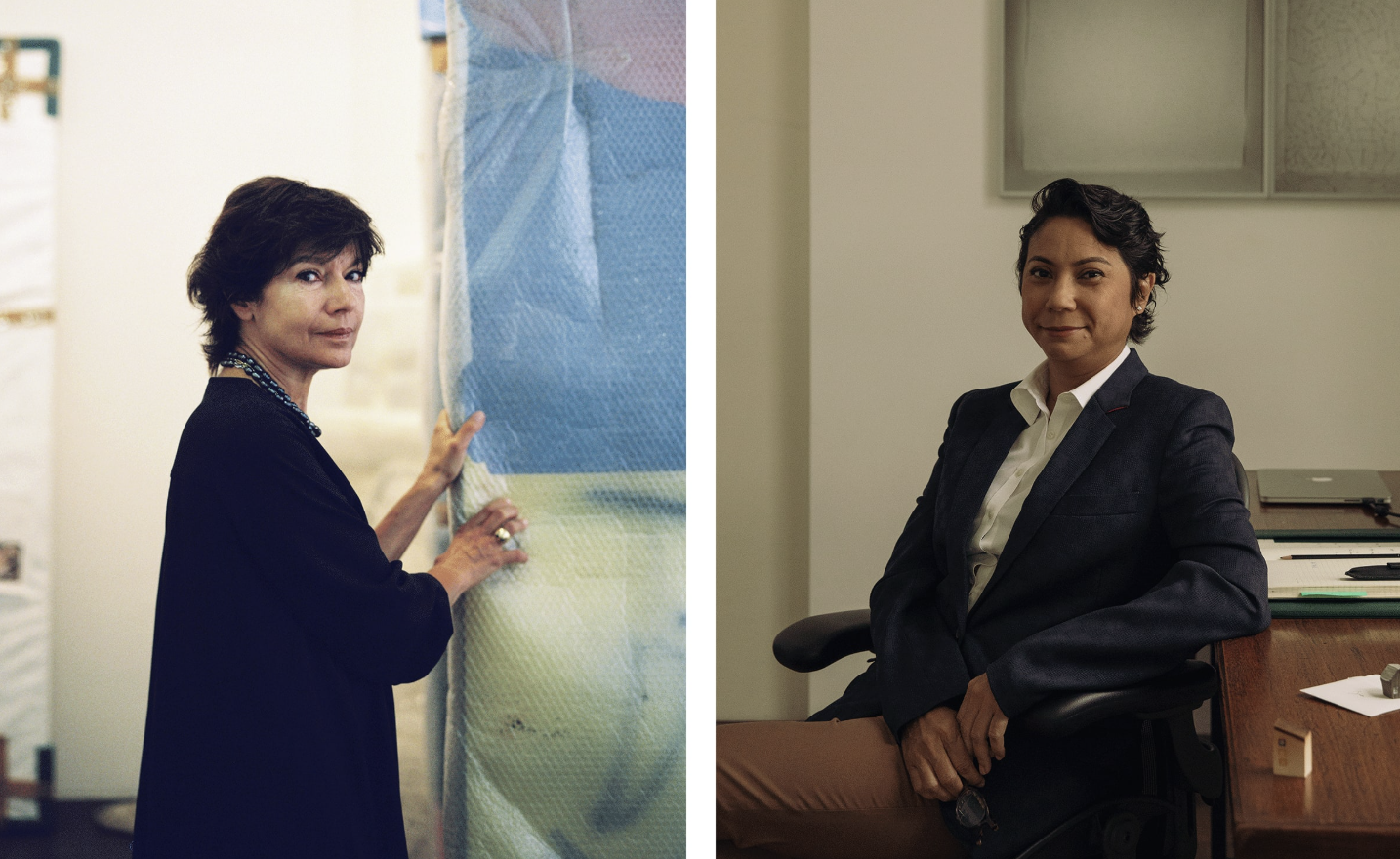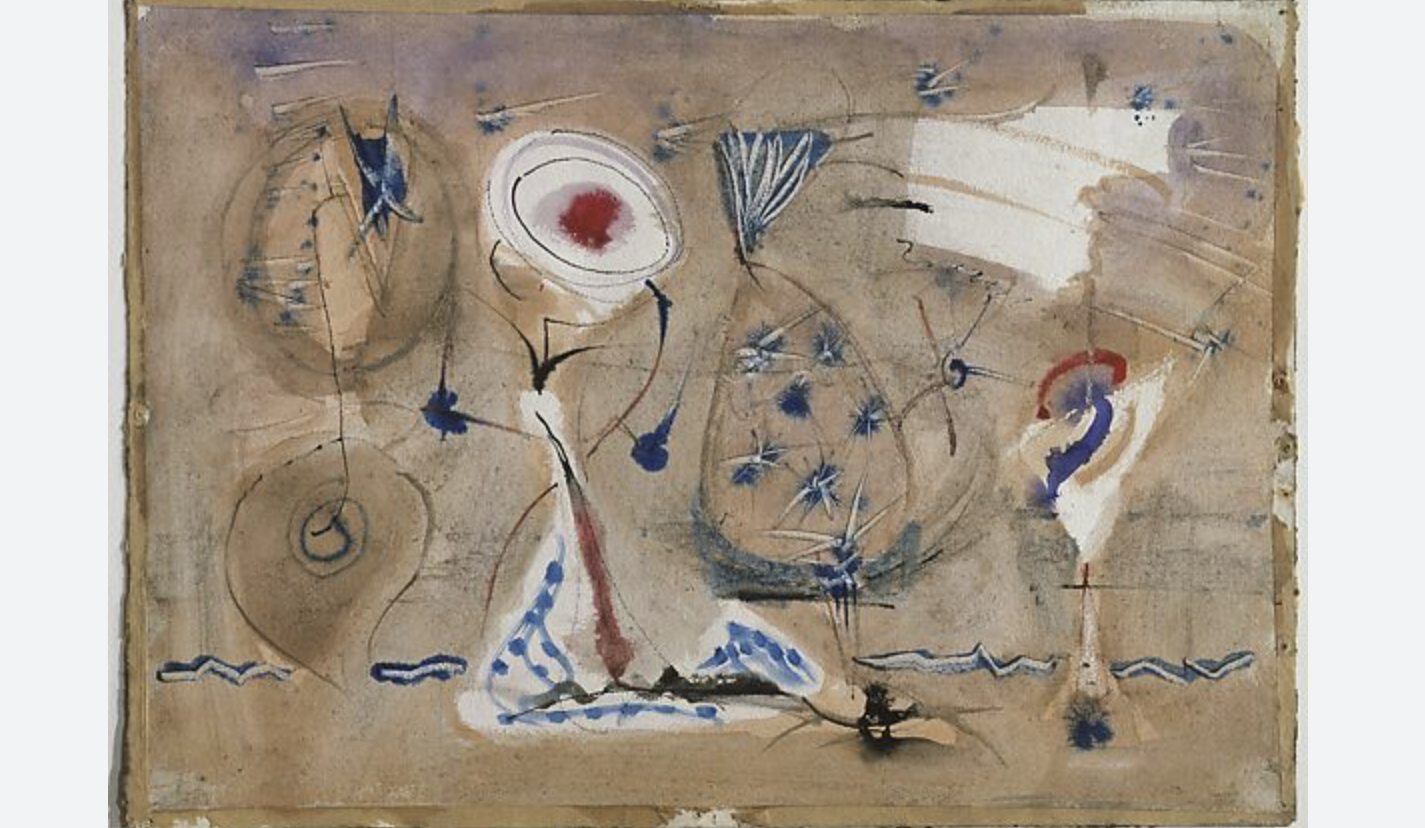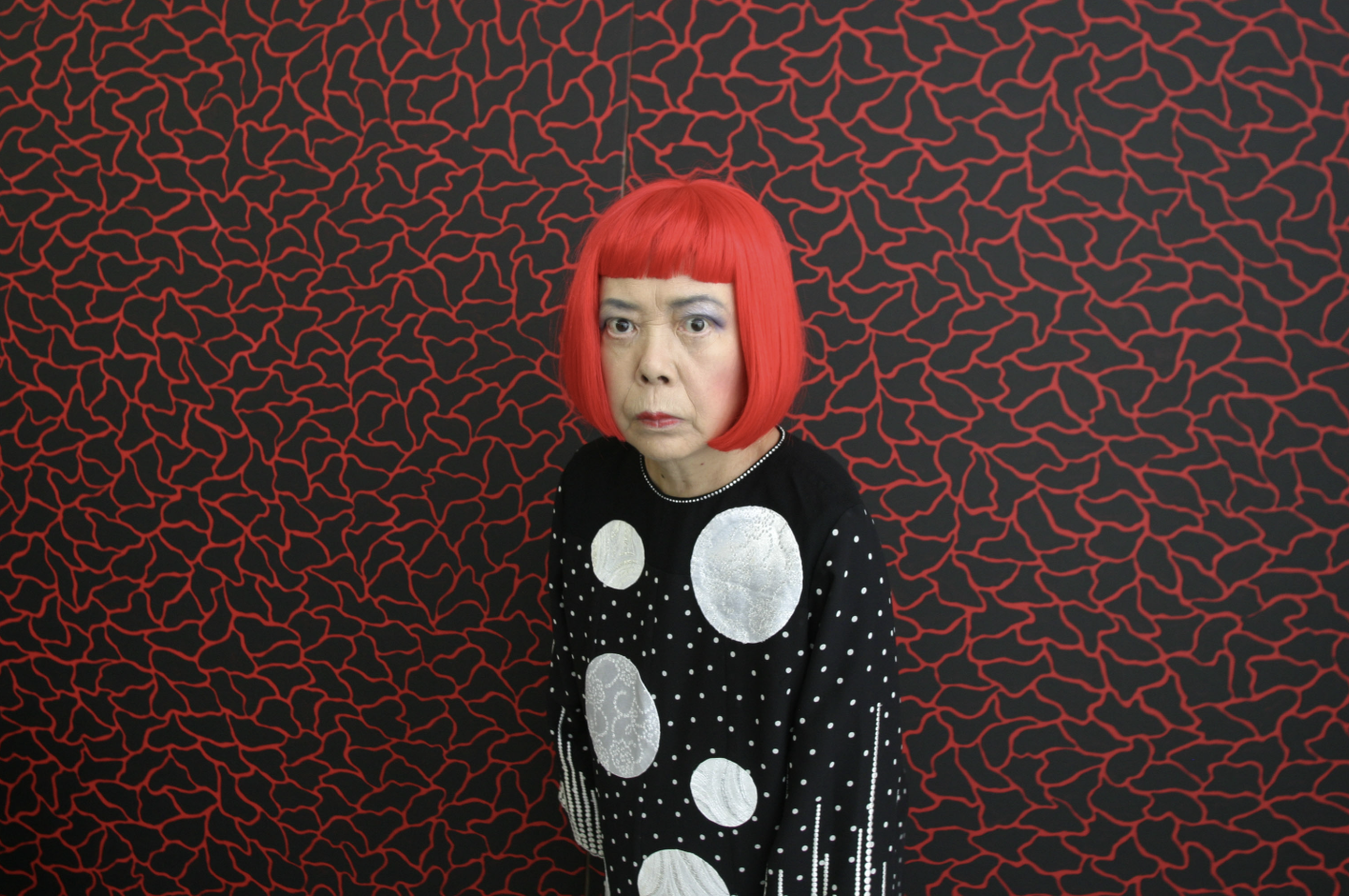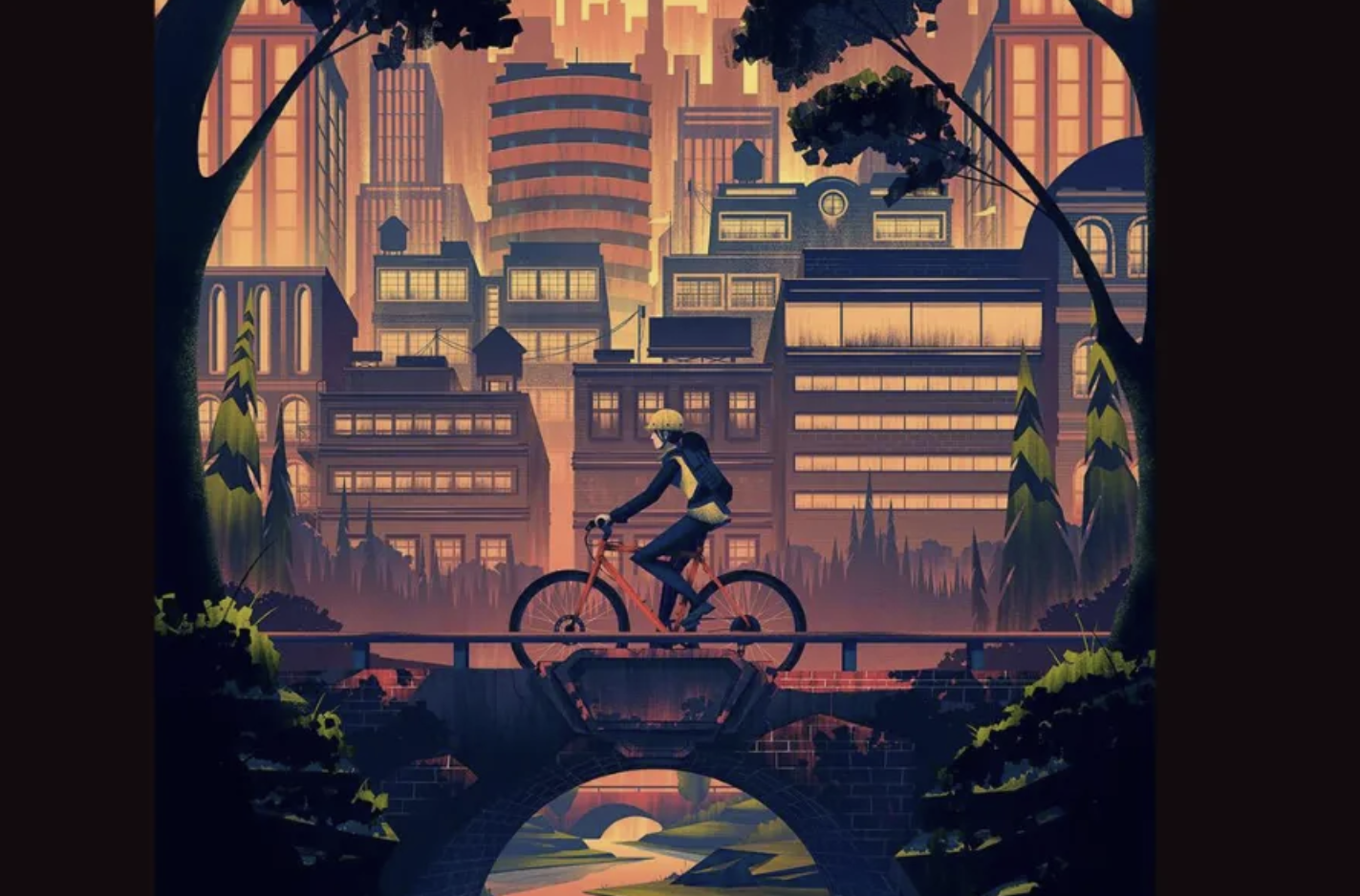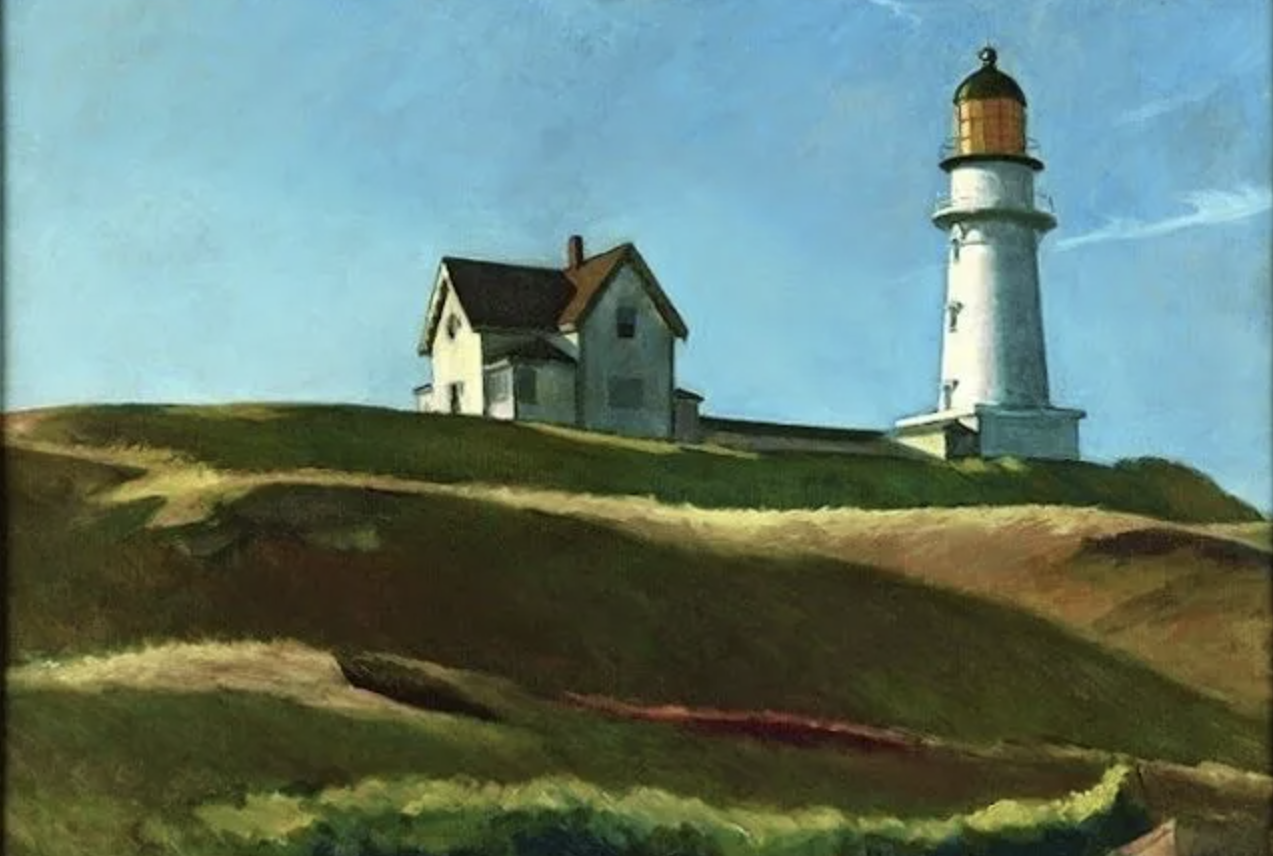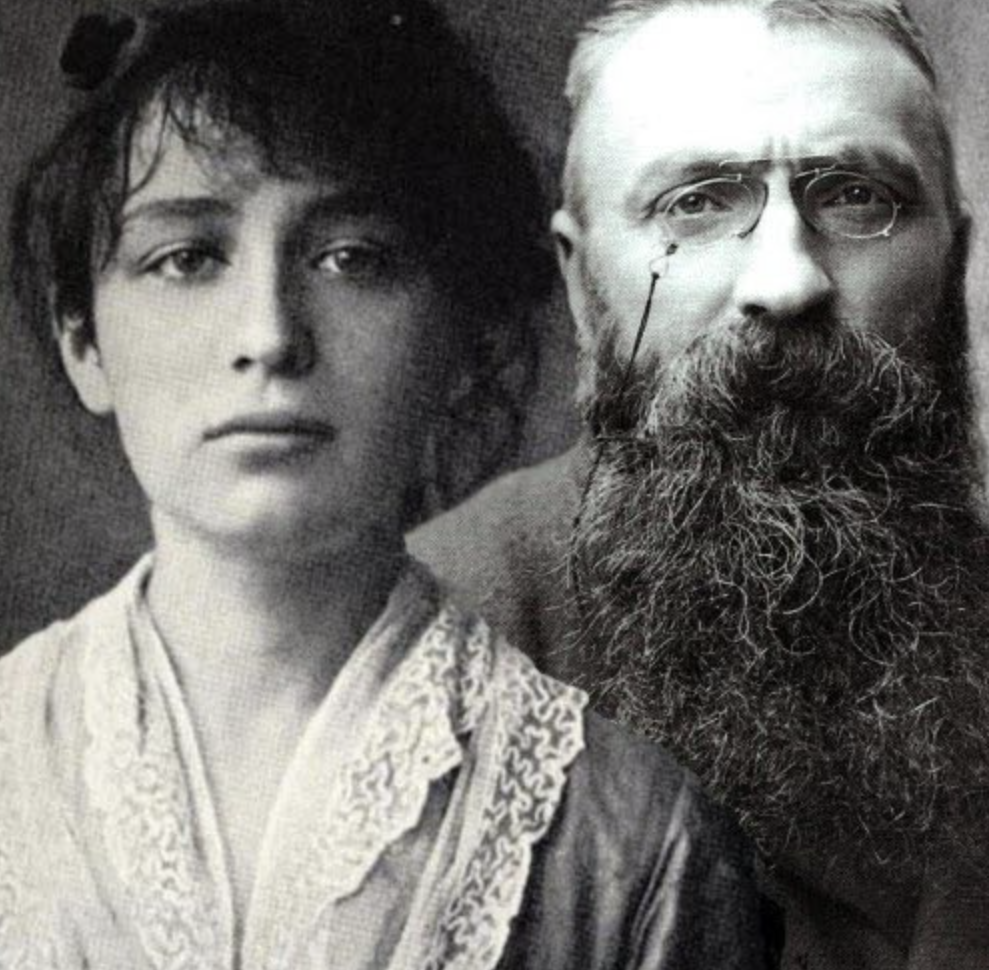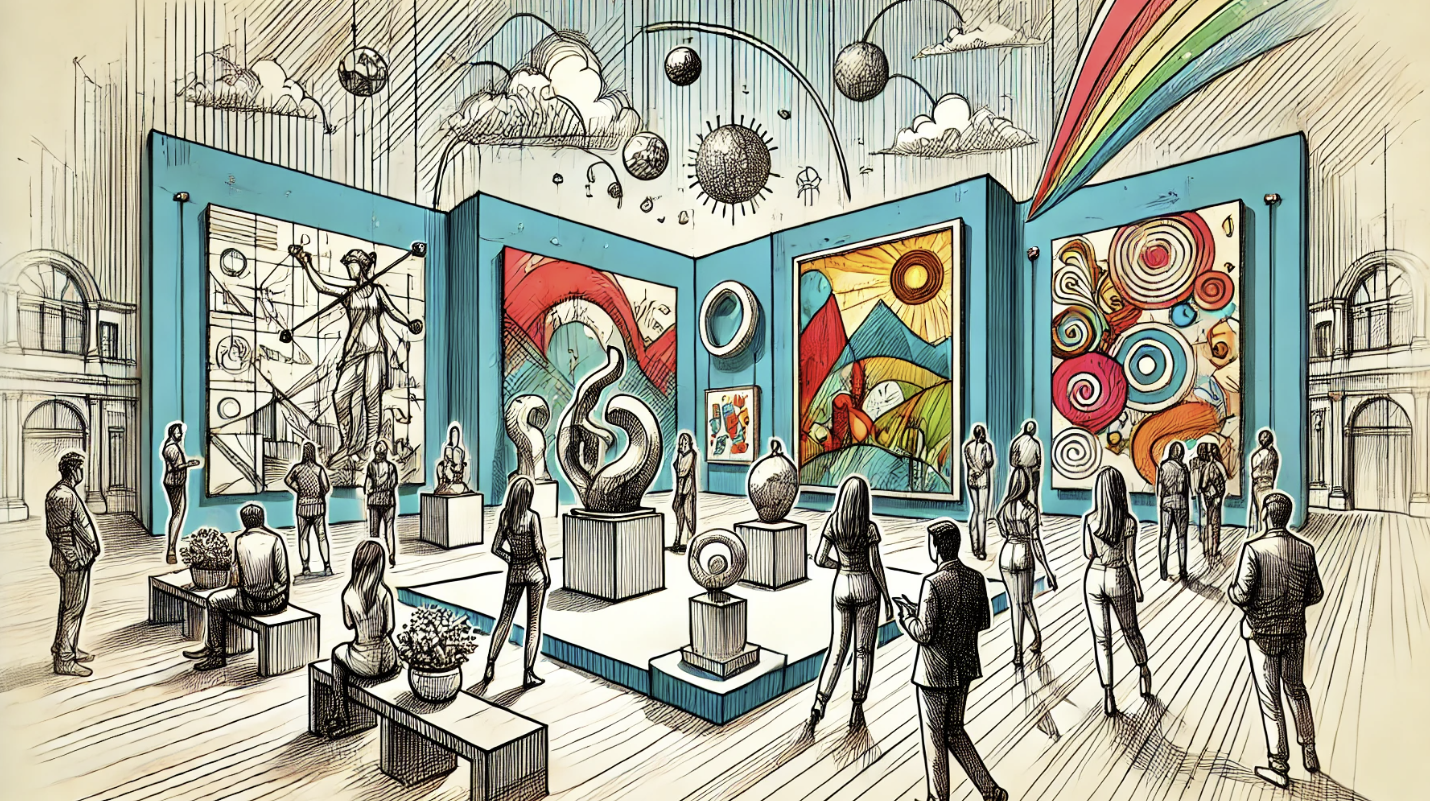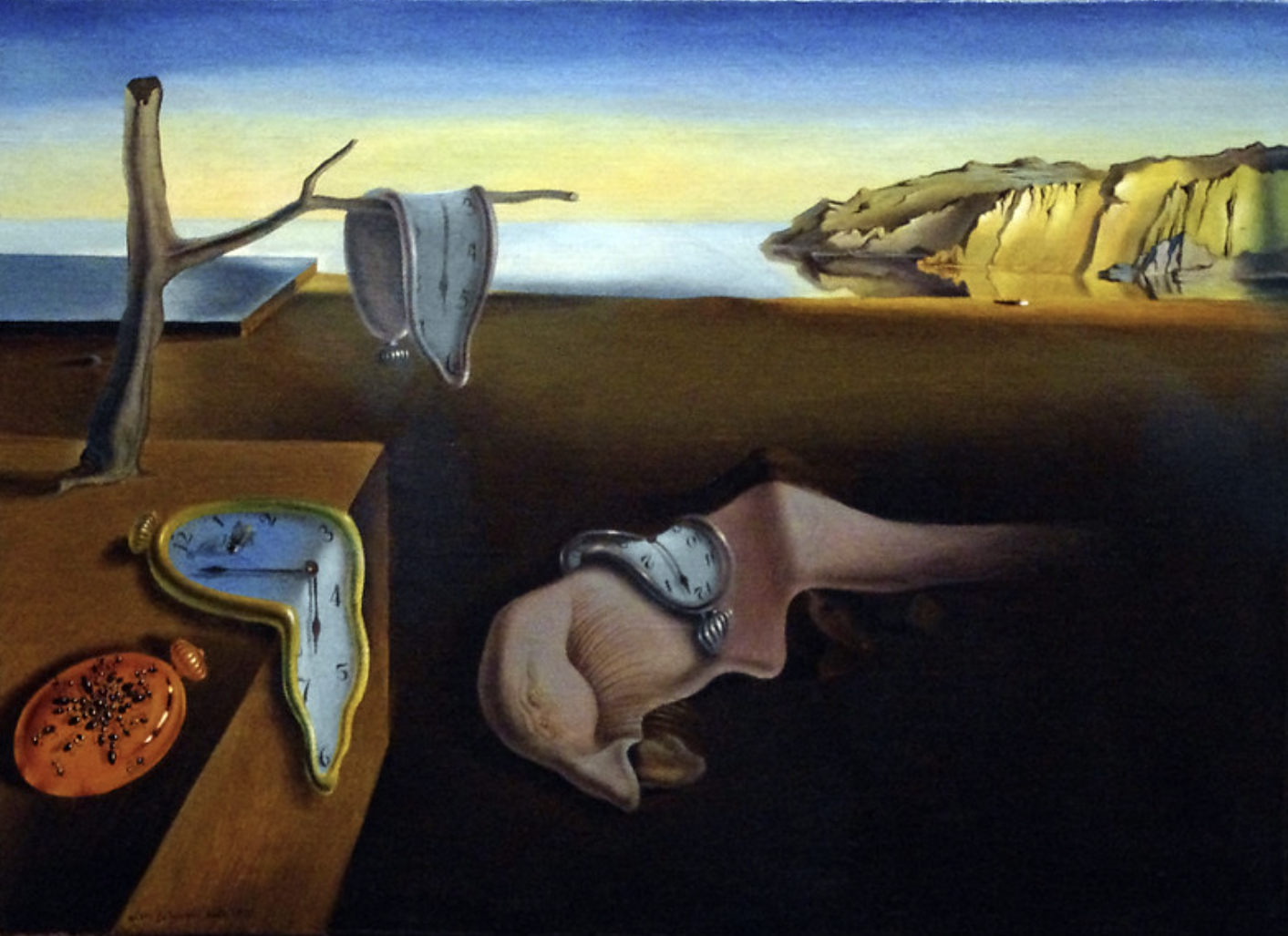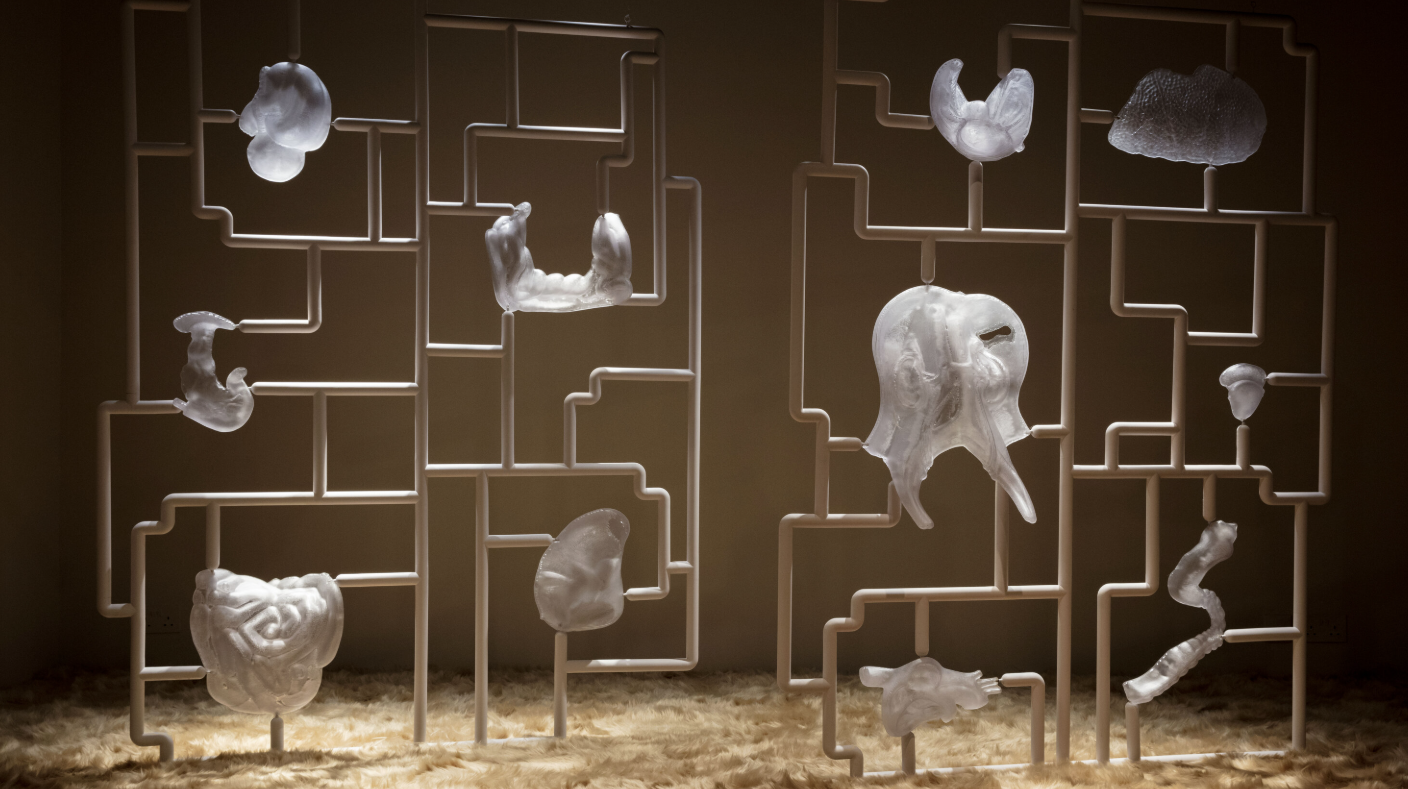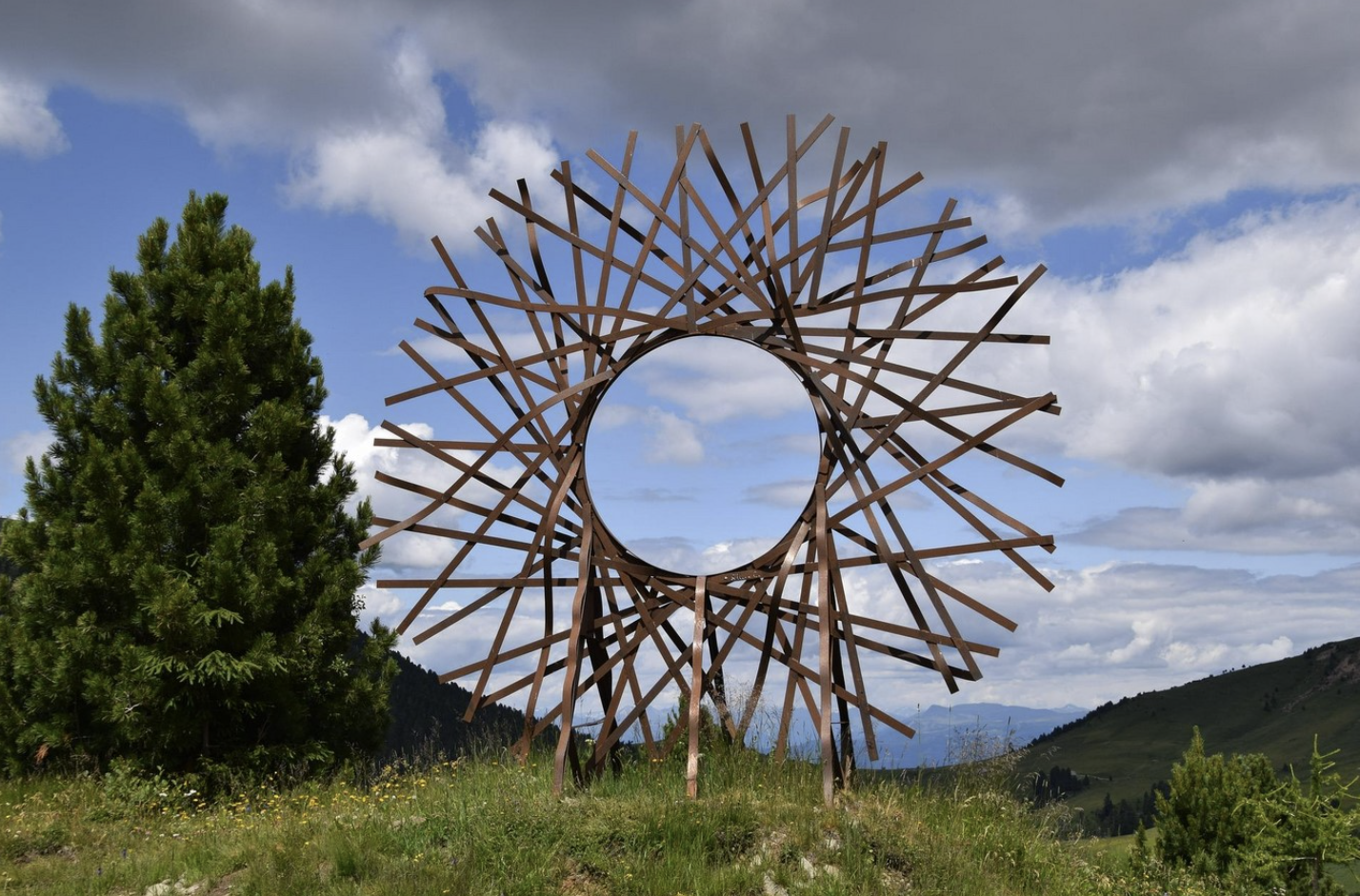
Land Art, or Earthworks, emerged in the late 1960s as a movement driven by artists who rejected the commercialization of traditional art forms. Their goal was to take art out of galleries and museums, making it more accessible and directly engaging with nature. This artistic movement was influenced by Conceptualism and Minimalism, while also incorporating the growing environmental consciousness of the time. Land Art involved creating sculptures and installations within the natural landscape, using materials found in the environment.
The Essence of Land Art
At its core, Land Art revolves around the integration of art into the landscape. Artists often used natural materials such as soil, rocks, tree branches, and foliage to create their works. These earth-based installations were often fleeting, reflecting the ephemeral nature of the environment. The ability of these works to merge seamlessly with their surroundings is one of the defining characteristics of Land Art. This approach draws inspiration from prehistoric structures like Stonehenge, highlighting humanity’s long-standing relationship with the land.
A Movement of Rejection and Innovation
Land Art was born out of a desire to break free from the commercial art world and create art that was more closely connected to nature. The artists behind the movement sought alternative ways to express their creativity, rejecting the traditional confines of exhibition spaces and questioning the permanence of art. This movement marked a significant chapter in the history of modern art, challenging the art world’s commercialized nature and offering a fresh approach to artistic expression.
Pioneers of Land Art
The late 1960s saw the rise of Land Art, with key exhibitions such as the Earthworks and Back-to-the-Landscape showcases at the Dawn Gallery in New York. The movement emerged as a reaction to the consumer-driven society of the time. The pioneers of Land Art, including Robert Morris, Claes Oldenburg, Walter De Maria, Robert Smithson, and Michael Heizer, were instrumental in establishing this new form of artistic expression, each contributing to the movement’s evolution in unique ways.
Top Land Art Installations
Here are five standout Land Art installations that have helped define this remarkable movement:
- Broken Circle by Robert Smithson
Robert Smithson, one of the most influential figures in Land Art, created the iconic Spiral Jetty and Broken Circle. The latter, created in 1971 for the Sonsbeek 71 exhibition in the Netherlands, features a sand jetty that circles a rock formation, resembling the shape of the yin-yang symbol. This 131-foot installation also references the system of dams used for land reclamation in the Netherlands. - Striding Arches by Andy Goldsworthy
British artist Andy Goldsworthy is renowned for using natural materials like leaves, branches, and ice to create his Land Art pieces. His “Striding Arches” series, consisting of large red sandstone arches weighing several tons, is located in Cairnhead, Scotland. Goldsworthy’s work is a celebration of nature’s fragility, inviting viewers to reflect on their relationship with the environment. - The Green Cathedral by Marinus Boezem
The Green Cathedral, created by Dutch artist Marinus Boezem in 1987, is located near Almere in the Netherlands. Inspired by the grandeur of Notre-Dame de Reims, Boezem’s vision involved planting 178 poplar trees in a pattern that mirrors the outline of the cathedral. This ever-evolving work now spans over 500 feet in length and stands 100 feet tall, symbolizing the connection between architecture and nature. - Wave Field by Maya Lin
Maya Lin, known for her work on the Vietnam Veterans Memorial, also created notable Land Art pieces. In 1995, she designed “Wave Field” at Storm King Park in New York. This installation features 13-foot-high mounds of earth, which mimic the motion of ocean waves. Set against the backdrop of the Hudson Valley Mountains, the piece blends harmoniously with its surroundings, inviting viewers to connect with both nature and art. - The Umbrellas by Christo & Jeanne-Claude
The artistic duo Christo and Jeanne-Claude are known for their temporary, large-scale Land Art installations. Their 1984 project, “The Umbrellas,” involved placing 3,100 yellow and blue umbrellas in two locations—Hitachiota, Japan, and Ibaraki, California. This installation was meant to explore the differences and similarities between the land use and lifestyle in the two regions, while also emphasizing the transient nature of their art.
Conclusion
Land Art represents a bold departure from traditional art forms, forging a deeper connection between art and the natural world. By using materials from the environment and creating temporary works that interact with their surroundings, Land Art pioneers have left a lasting impact on the art world. These artists continue to inspire generations, proving that creativity can thrive beyond the confines of galleries and museums, in the very landscapes that surround us.






